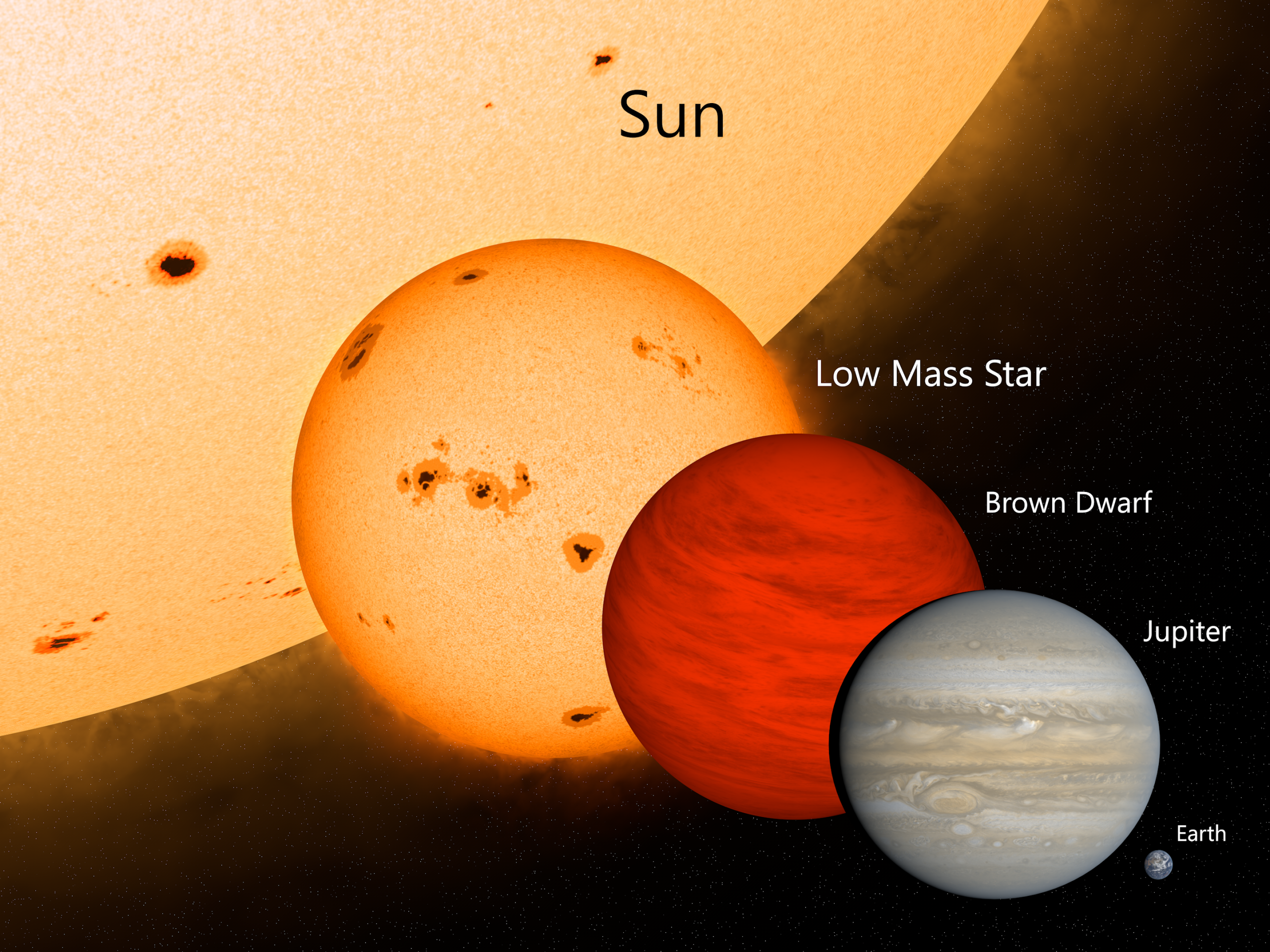Brown dwarfs possess features of both planets and stars because they are too massive to be planets and too small to be stars. On one of these cosmic objects, astronomers have discovered clouds using the James Webb Space Telescope.

The James Webb Space Telescope (JWST) has detected clouds made of sand-like substances on a faraway planet.
The James Webb Space Telescope continues to unravel the mysteries of the universe, and this time, it has helped scientists better understand brown dwarfs. Scientists have detected silicate clouds directly in a brown dwarf’s atmosphere – the first time such a finding has been made outside the Solar System for a planet-mass companion. A planetary mass-object, the team says, has never been seen with a spectrum this good. It is not only that these results may improve our understanding of so-called ‘failed stars,’ but they may also represent just a foretaste of what can be accomplished with JWST in the future.
AAS journals have accepted the paper, which is currently on the preprint server arXiv awaiting peer review and publication. JWST has already imaged distant alien worlds directly, but brown dwarfs are a little more complicated. Baby stars that haven’t accumulated enough mass to ignite hydrogen fusion in their cores form these objects, occupying a mass range between the biggest planets and the tiniest stars. While brown dwarfs are around 13.6 times the mass of Jupiter, they can fuse deuterium, which has a proton and neutron, instead of just a proton in the nucleus.
Unlike hydrogen, deuterium has a lower fusion pressure and temperature, so brown dwarfs are kind of like lightweight stars. In contrast to exoplanets, brown dwarfs emit their own light and heat. JWST specializes in infrared wavelengths, which allows us to detect it directly, even though it’s much lower than that of stars.
NEWSLETTER
Never miss a news release from the Curiosmos team.

Scientists led by Brittany Miles of the University of California at Santa Cruz have obtained observations of VHS 1256-1257 b, a brown dwarf 72 light-years away. In terms of mass, it is nearly 19 times that of Jupiter, is relatively young, and has an atmosphere that glows a reddish hue.
To determine the brown dwarf’s composition, the team took infrared spectra, which were previously attributed to clouds in young brown dwarfs. Light is absorbed by different elements at different wavelengths and is re-emitted at different wavelengths. It is possible to determine the elements causing dimmer and brighter features by looking at the spectrum.
Researchers found that VHS 1256-1257 b’s atmosphere was similar to that of other infrared brown dwarfs, but it was much clearer. On the basis of comparisons with template brown dwarf spectra, molecular opacities, and atmospheric models, the researchers observe water, methane, carbon monoxide, carbon dioxide, sodium, and potassium in several portions of the JWST spectrum. This is the clearest sign of carbon monoxide yet, according to the researchers. Additionally, they detected clouds, which were long hypothesized to contain large silicate grains with submicron grain sizes. According to the team, these minerals are probably forsterite, enstatite, or quartz.
The results confirm that patchy silicate clouds can influence the brightness variability of young brown dwarfs. In the future, we will be able to use this tool to interpret observations of brown dwarfs and to anticipate what to look for. “These preliminary results from the JWST early release science observations are exciting and are also applicable to numerous other nearby brown dwarfs that will be observed in future observations,” the scientists write in their study, adding that “scientists will gain deeper insights into atmospheric physics of planets, brown dwarfs, and exoplanets through this observatory.”